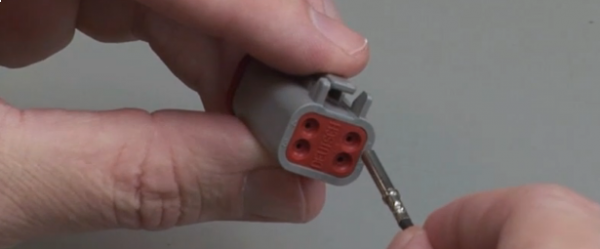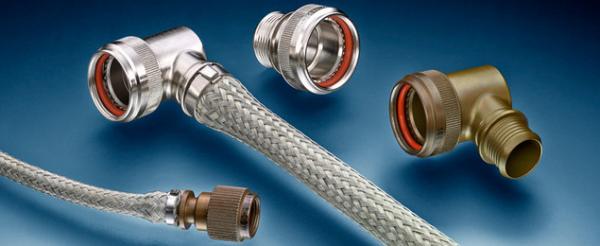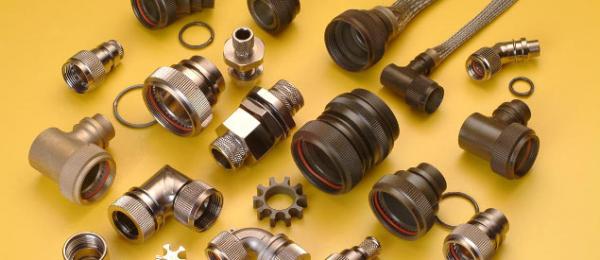
Wishlist
 SAME DAY DISPATCH FOR UK/EU DESTINATIONS
SAME DAY DISPATCH FOR UK/EU DESTINATIONSSearch
-
DT Connectors Contact Insertion and Removal
Connector Contact Insertion Step 1: Grasp crimped contact approximately one inch behind the contact barrel. Step 2: Hold connector with rear grommet facing you. Step 3: Push contact straight into connector grommet until a click is felt. A slight tug will confirm that it is properly locked in place. Step 4: Once all contacts are in place, insert green wedge...
-
Connector Materials Selection Guide
For a connector design to perform in different harsh environments and applications the materials selected are critical to their operation. Connector shells are often metal and can be aluminium, stainless steel, brass, titanium, or even composite to meet the demanding harsh environment conditions. Common Connector Materials Aluminium Effective for the majority of interconnect applications, as satisfies both environmental and interconnect... -
Determining Backshell Adaptor Entry Size
Once you have calculated the wire bundle size, use the chart below to select entry size. The chart shows the minimum entry sizes for cables from 3 to 38 mm in diameter. In other words, the white spaces on the chart represent all of the cable outside diameters each entry size will fit. If the adaptor is shielded or has a Tinel-Lock ring, there are...
-
Adaptors & Backshell Types and Materials
A variety of adaptors are available for applications in many industries, including aerospace, marine and mass transit, including Solid (sometimes called “fixed”), Spin-Coupling, Spin-Lock, Shielded, Tinel-Lock and Bandstrap. Each is designed to offer a suitable interface between a connector and a heat-shrinkable moulded part. The choice is largely dependent upon the screening level required and the braid termination method. Adaptor Code A...
-
DT Connectors Contact Insertion and Removal
Connector Contact Insertion Step 1: Grasp crimped contact approximately one inch behind the contact barrel. Step 2: Hold connector with rear grommet facing you. Step 3: Push contact straight into connector grommet until a click is felt. A slight tug will confirm that it is properly locked in place. Step 4: Once all contacts are in place, insert green wedge...
-
Connector Materials Selection Guide
For a connector design to perform in different harsh environments and applications the materials selected are critical to their operation. Connector shells are often metal and can be aluminium, stainless steel, brass, titanium, or even composite to meet the demanding harsh environment conditions. Common Connector Materials Aluminium Effective for the majority of interconnect applications, as satisfies both environmental and interconnect... -
Determining Backshell Adaptor Entry Size
Once you have calculated the wire bundle size, use the chart below to select entry size. The chart shows the minimum entry sizes for cables from 3 to 38 mm in diameter. In other words, the white spaces on the chart represent all of the cable outside diameters each entry size will fit. If the adaptor is shielded or has a Tinel-Lock ring, there are...
-
Adaptors & Backshell Types and Materials
A variety of adaptors are available for applications in many industries, including aerospace, marine and mass transit, including Solid (sometimes called “fixed”), Spin-Coupling, Spin-Lock, Shielded, Tinel-Lock and Bandstrap. Each is designed to offer a suitable interface between a connector and a heat-shrinkable moulded part. The choice is largely dependent upon the screening level required and the braid termination method. Adaptor Code A...






